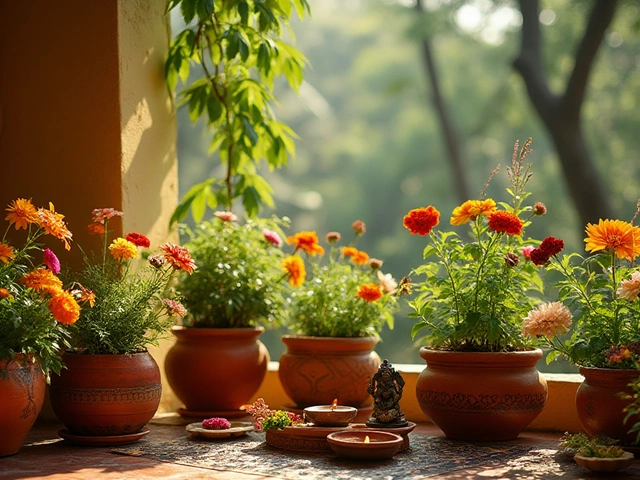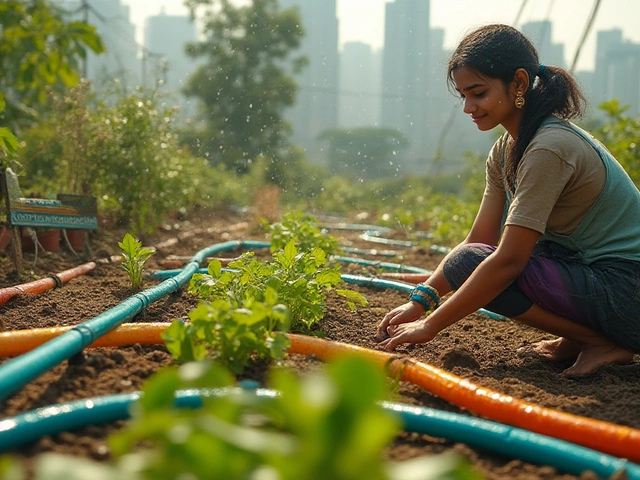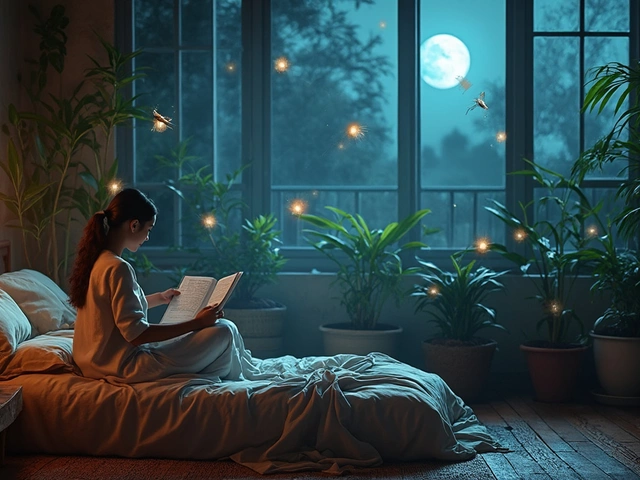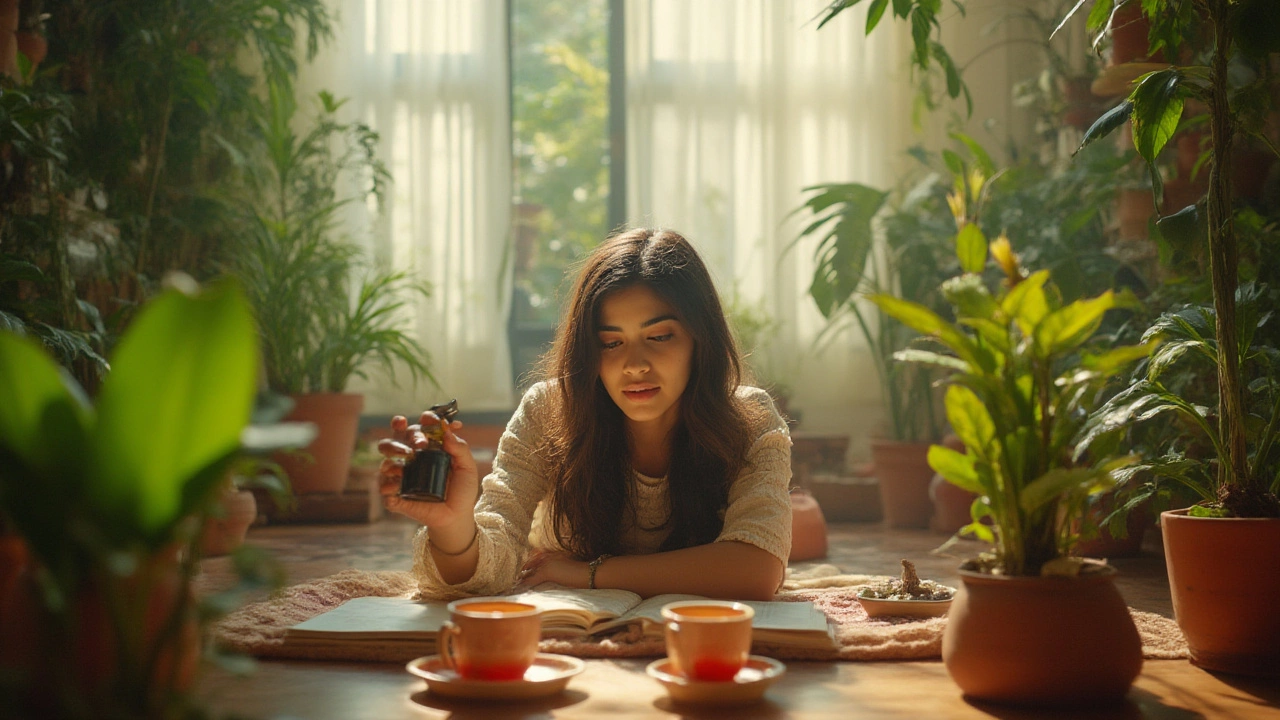Humidity for Houseplants: Easy Ways to Boost Moisture
Most houseplants love a bit of moisture in the air. When the air gets too dry, leaves turn crispy, edges brown, and growth slows down. Below are quick, no‑fancy tricks you can start today to give your greens the air they crave.
How to Boost Humidity Naturally
First, check the room’s humidity. A cheap digital hygrometer tells you if you’re below the 40‑60% range most tropical plants prefer. If you don’t have one, just look for signs: brown leaf tips, wilting despite regular watering, or spider‑web‑like dust on leaves.
Group plants together. When you cluster pots, they create a micro‑climate that traps moisture. A shelf of ferns, pothos, and peace lilies can raise the local humidity by several percent.
Pebble trays. Fill a shallow tray with pebbles, add water until it sits just below the top, and place your pot on the stones. As the water evaporates, the air around the plant gets moister. Remember to keep the tray filled; an empty tray won’t help.
Regular misting. A spray bottle gives a quick boost, especially on hot days. Mist in the morning so the leaves dry by evening, which helps prevent fungal problems.
Bathroom boost. If you have a bathroom with a shower, move a shade‑loving plant there. The steam from hot showers raises humidity instantly. Just make sure the plant isn’t sitting in direct, hot water.
Humidifier. For year‑round control, a small tabletop humidifier does the trick. Set it to maintain around 50% humidity and let it run for a few hours each day. It’s a set‑and‑forget solution for the driest months.
When Too Much Humidity Becomes a Problem
Too much moisture can cause mold, rot, and pests. If you notice fuzzy growth on soil, a musty smell, or yellowing leaves, cut back on watering and increase airflow. Open windows, use a fan, or move the plant to a drier spot.
Watch for water droplets staying on leaves overnight – that’s a sign the air is overly saturated. In such cases, reduce misting and lower the humidifier’s setting.
Balancing humidity is about reading your plant’s signals. Adjust your methods seasonally: winter heating dries the air, so add more pebble trays or run the humidifier. Summer is often naturally humid, so you may only need occasional misting.
With these simple steps, you can keep the air comfy for your houseplants without buying pricey equipment. Your plants will thank you with healthier leaves, better growth, and fewer brown tips.
Do Houseplants Need Misting? Truths About Indoor Plant Humidity Care
Do houseplants really need misting, or is it just another gardening myth? Learn what works, what doesn’t, and how to set up the best humidity for your indoor plants.
About
Indoor Plant Care
Latest Posts


Main Types of Drip Irrigation: Surface vs. Subsurface Explained for Gardeners
By Alden Thorne Jul 14, 2025

Why Is It Not Good to Keep Potted Plants Indoors at Night?
By Alden Thorne Jun 3, 2025

Richest Plant in India: What's Worth Growing?
By Alden Thorne May 14, 2025

